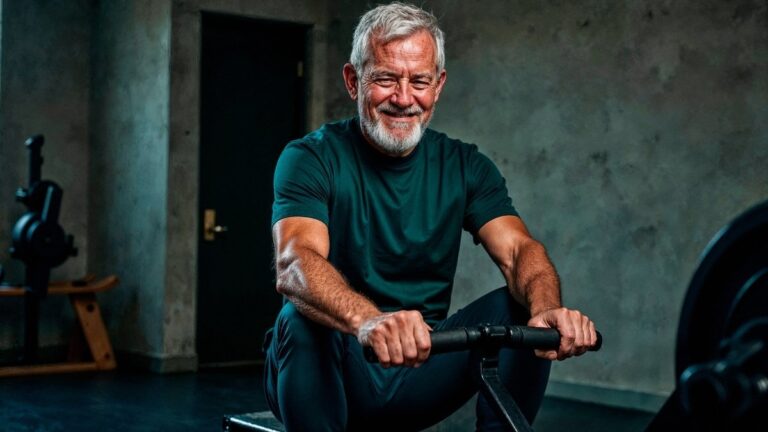I Spent a Week With a 72-Year-Old Japanese Yoga Instructor— I Opened up to the Full Potential of my Body Through his Poses
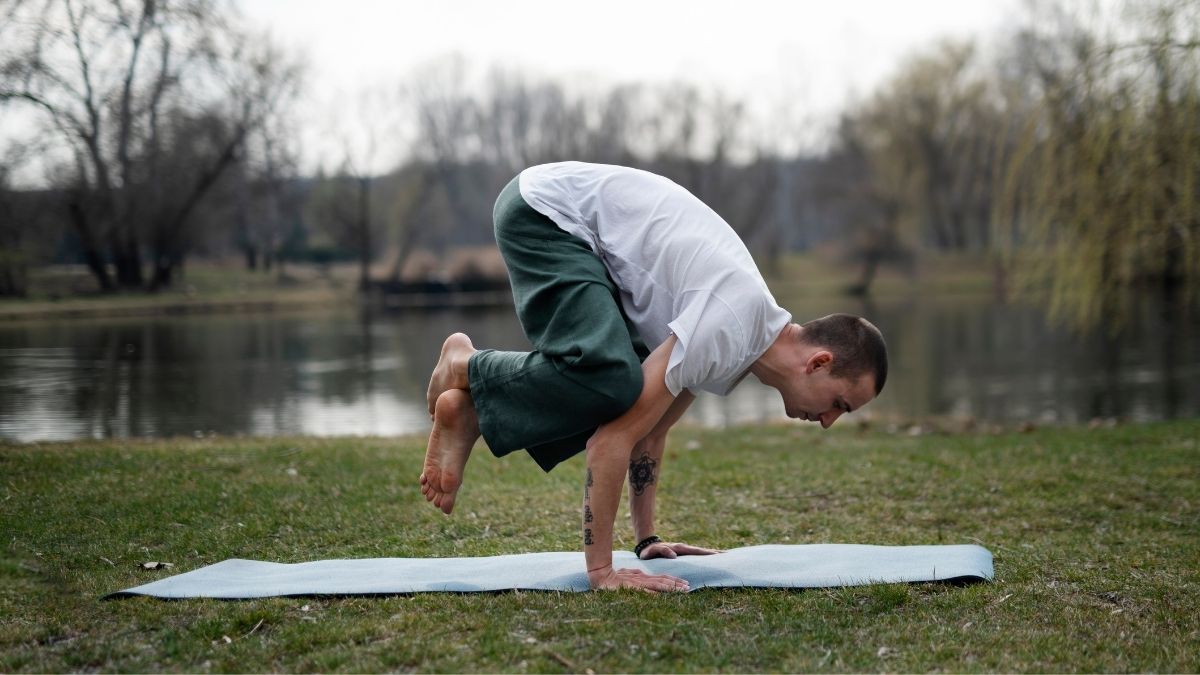
Stepping into that rain-soaked alley in Kyoto, I never expected to find a yoga teacher who would completely shatter my understanding of what the human body can achieve. At 72, Takeshi-sensei moved with the fluid grace of water, his weathered hands guiding students through poses that seemed to defy the laws of aging.
His tiny studio, squeezed between a ramen shop and laundromat, held secrets that modern fitness culture had forgotten.
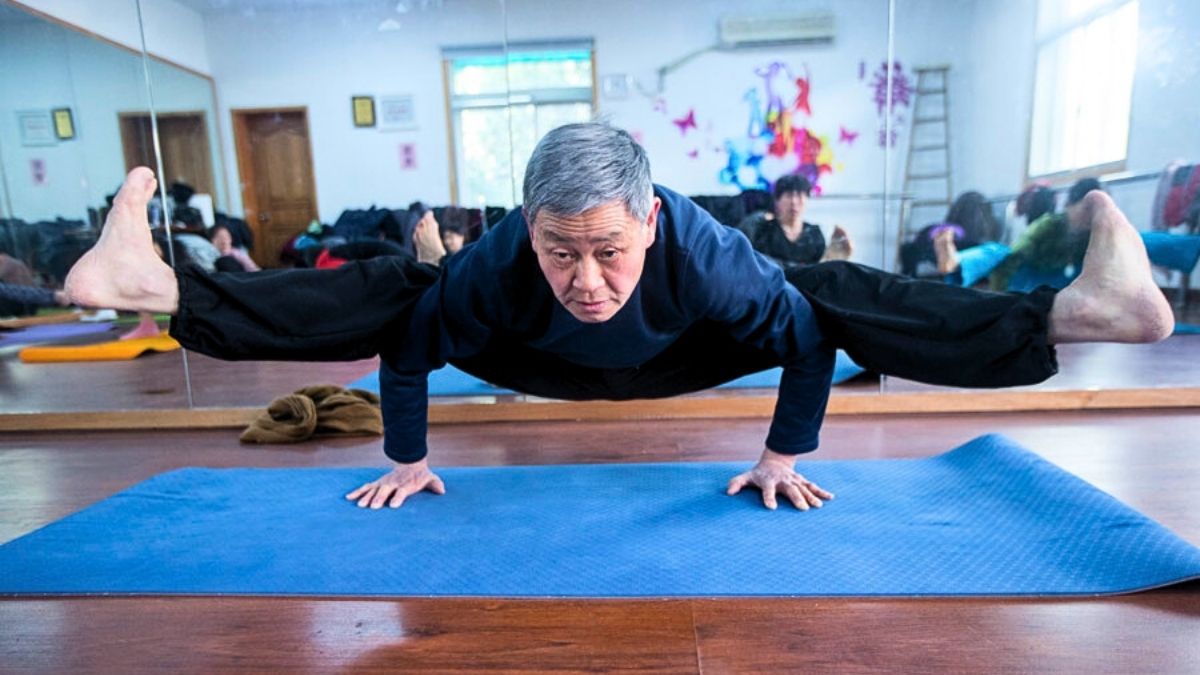
What followed was seven days that transformed not just my physical practice, but my entire relationship with my body’s capabilities. Through ancient wisdom and patient guidance, this remarkable instructor showed me that true strength comes from surrender.
Flexibility grows from stillness, and the most profound transformations happen when we stop forcing and start listening to what our bodies have been trying to teach us all along.
Pose 1: UTTANASANA (Standing Forward Fold) – The Gateway Pose
My tight hamstrings screamed as I bent forward, barely reaching my shins while Takeshi-sensei folded effortlessly like origami. He placed his weathered hands on my lower back, applying gentle pressure that seemed to unlock knots I didn’t know existed. “Breath goes down, tension goes up,” he murmured, guiding my exhales deeper into my belly.
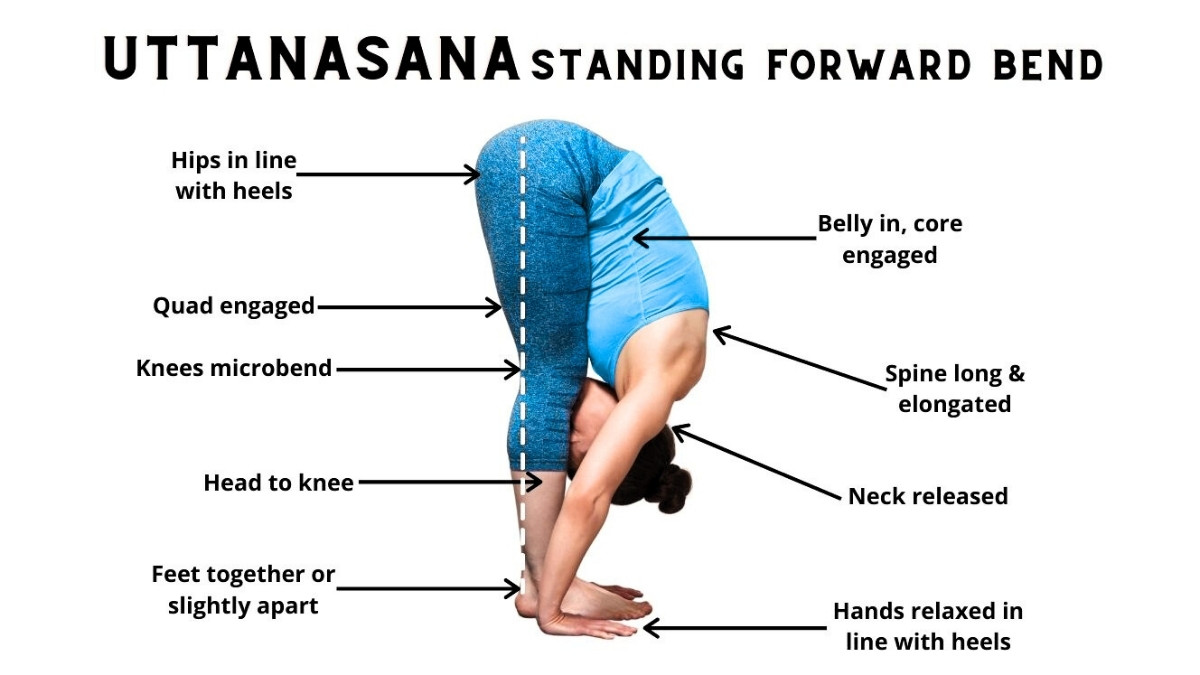
His micro-adjustments transformed this basic pose into a revelation—each slight shift in weight distribution released years of stored stress from my spine. What looked simple from the outside required intricate attention to detail. The pose became less about touching my toes and more about surrendering to gravity’s pull.
By day three, my fingertips grazed the floor as trapped emotions bubbled to the surface. This humble forward fold had become my gateway to understanding how breath and movement could heal old wounds.
Five Tips for Uttanasana:
- Bend your knees slightly to protect your lower back and allow deeper release in tight hamstrings
- Root down through your feet while lifting your sitting bones toward the ceiling to create length in your spine
- Let your arms hang heavy like wet towels rather than reaching aggressively for the floor
- Focus on exhaling completely to activate your parasympathetic nervous system and deepen the fold
- Hold for 30 seconds minimum to allow fascia and muscle tissue time to respond and release
Pose 2: TRIKONASANA (Triangle Pose) – Discovering Hidden Strength
Takeshi-sensei handed me a wooden block, shaking his head as I reached desperately for the ground. His gentle correction revealed how forcing the pose had been collapsing my chest and twisting my spine in dangerous ways. “Strong foundation first,” he said, placing the block under my bottom hand while adjusting my front leg alignment.
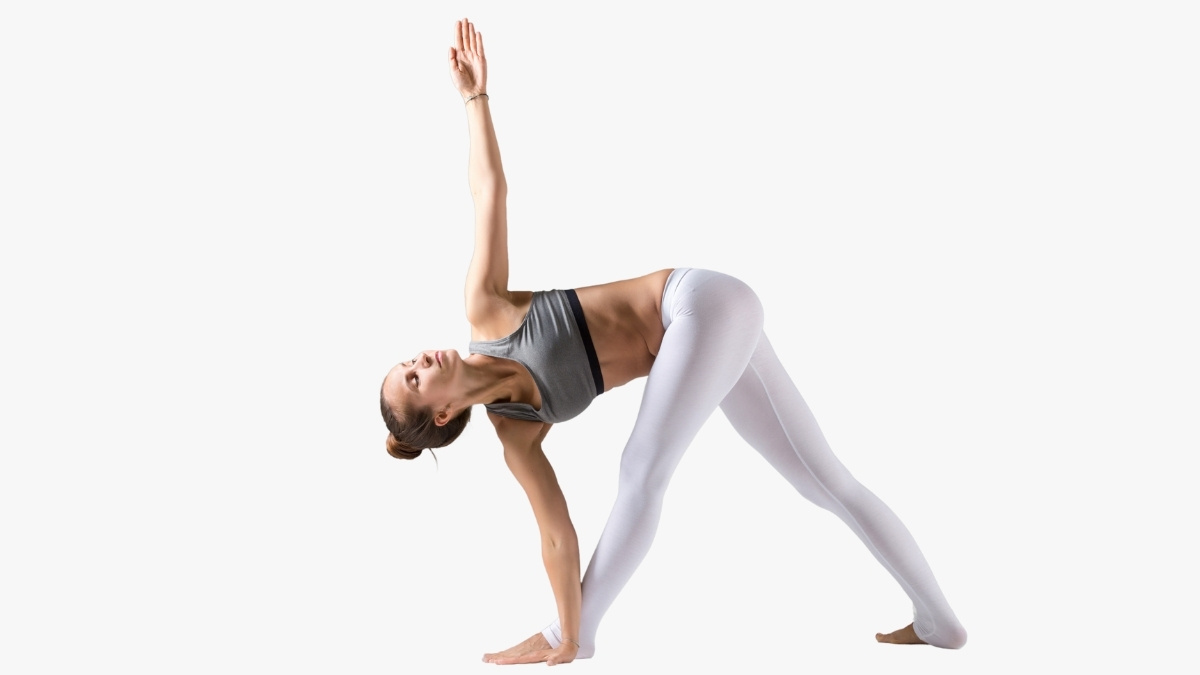
Suddenly, my torso opened like a flower blooming, and I felt muscles I never knew existed firing along my core. The block wasn’t cheating—it was intelligent practice that allowed my body to find its natural expansion. His precise cues about weight distribution between both legs created stability I had never experienced.
Energy seemed to flow from my feet through my fingertips as the pose transformed from struggle to strength. What I thought was about flexibility was actually about finding balance between effort and ease.
Five Tips for Trikonasana:
- Place your front hand on a block or your shin rather than forcing it to the floor to maintain spine alignment
- Press firmly through your back foot and keep your back leg straight to create a stable foundation
- Rotate your torso toward the ceiling instead of collapsing over your front leg to open your chest properly
- Keep your front knee tracking over your ankle to protect the joint from harmful rotation
- Extend your top arm toward the ceiling while lengthening through the crown of your head to create opposing energy lines
Pose 3: BAKASANA (Crow Pose) – Overcoming Mental Barriers
“Fear lives in mind, not in body,” Takeshi-sensei observed as I stared at the challenging arm balance with terror. He placed a thick cushion in front of my face and had me practice just lifting one toe, then both, while my shins rested on my upper arms.
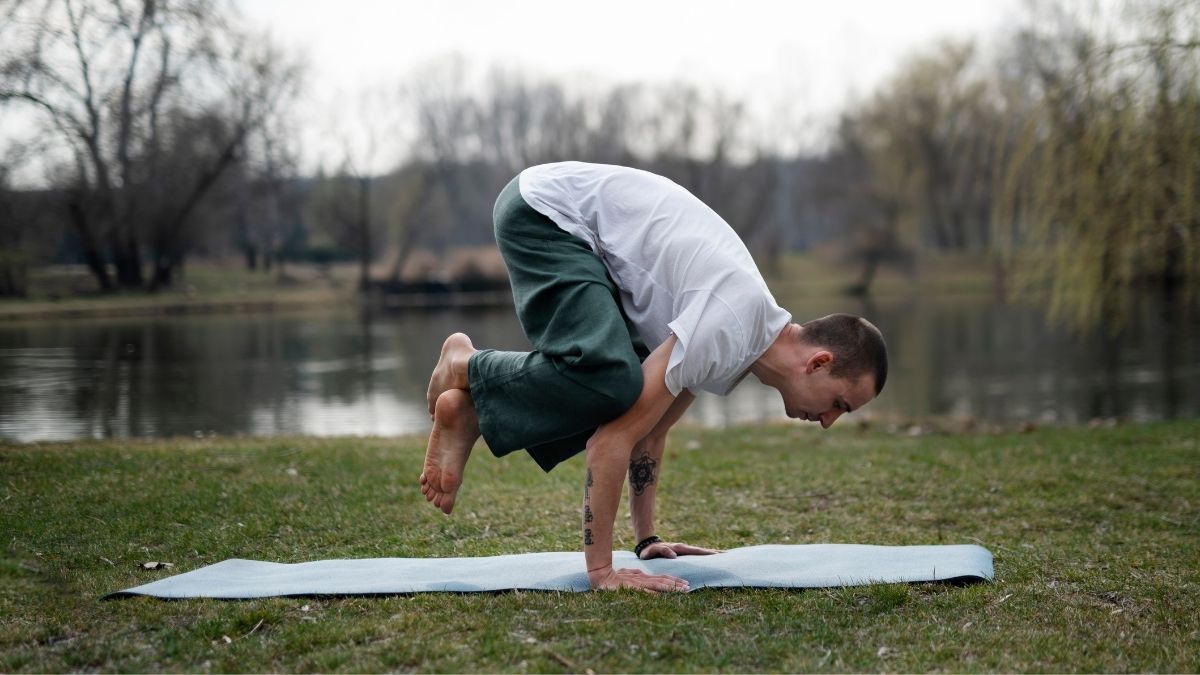
His progressive approach broke down the “impossible” pose into manageable steps that built confidence along with strength. Day by day, he added elements—shifting weight forward, engaging my core, finding the balance point where flight becomes possible. The cushion disappeared on day five when trust replaced fear as my primary emotion.
Mental preparation proved more important than physical strength as I learned to embrace the wobble rather than fight it. When I finally held the pose for ten breaths, tears streamed down my face as limiting beliefs crumbled like old walls.
Five Tips for Bakasana:
- Place your hands shoulder-width apart with fingers spread wide to create a stable base of support
- Squeeze your knees firmly into your upper arms rather than balancing them loosely on your elbows
- Shift your weight forward until your toes become light, practicing this weight transfer before attempting full lift-off
- Look forward rather than down to help maintain balance and prevent face-planting fears
- Engage your core muscles strongly while hugging your elbows toward your midline to find your center of gravity
Pose 4: MATSYASANA (Fish Pose) – Opening the Heart Center
Lying back with my heart lifted toward the ceiling, unexpected tears began flowing down my cheeks. Takeshi-sensei had positioned a bolster under my shoulder blades, creating space across my chest that felt both vulnerable and liberating. “Heart holds many secrets,” he said softly, his hand resting gently on my sternum as waves of emotion surfaced.
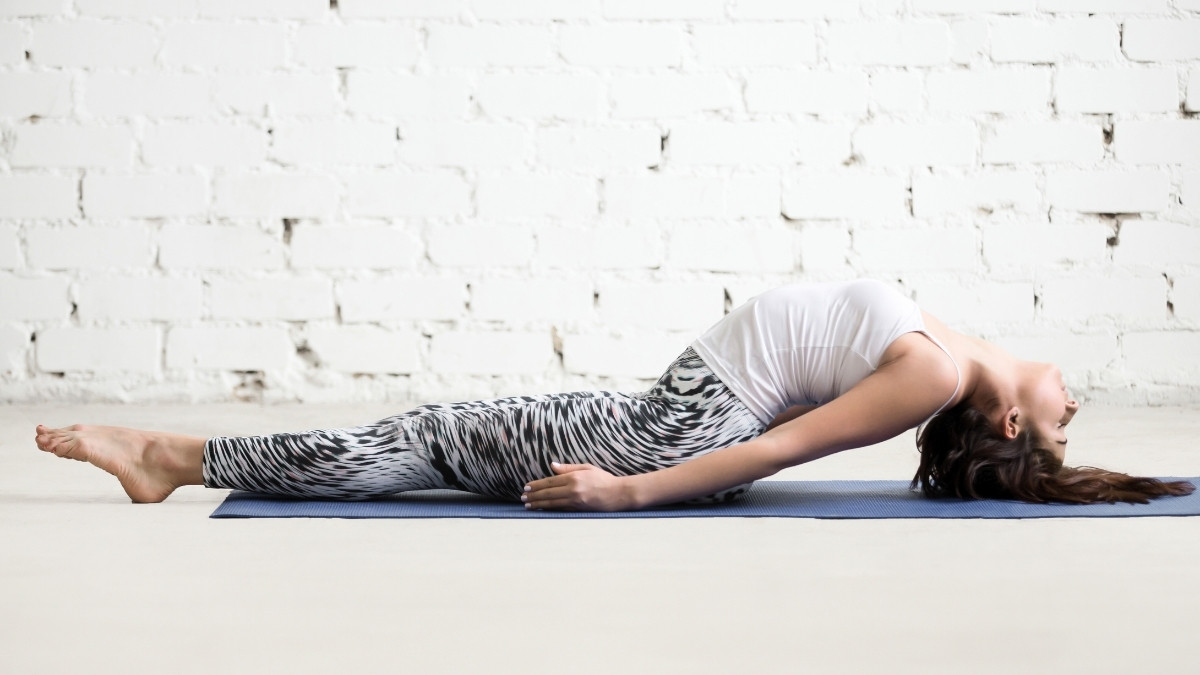
Years of hunched shoulders and protective posturing had locked away feelings I thought were buried forever. The pose cracked open something deep inside, releasing grief I didn’t know existed alongside joy I had forgotten how to feel.
His guidance taught me that physical opening creates emotional space, allowing stored trauma to move through the body naturally. Each breath expanded not just my ribcage but my capacity to feel fully human again. The ancient pose became a gateway to parts of myself I had abandoned long ago.
Five Tips for Matsyasana:
- Place a bolster or rolled blanket under your shoulder blades to support your back and create a gentle heart opening
- Keep your legs either extended straight or bent with feet flat on the floor, whichever feels more comfortable for your lower back
- Rest the crown of your head lightly on the ground without putting weight on your neck to avoid compression
- Breathe deeply into your chest and belly, allowing your ribcage to expand fully with each inhale
- Stay for 30 seconds to 2 minutes, coming out slowly by lifting your head first before lowering your chest
Pose 5: SIRSASANA (Headstand) – Changing Perspective Literally
The wall became my teacher as Takeshi-sensei guided me through building the foundation for headstand. His meticulous attention to forearm placement and head positioning showed me why most people struggle with this challenging inversion.
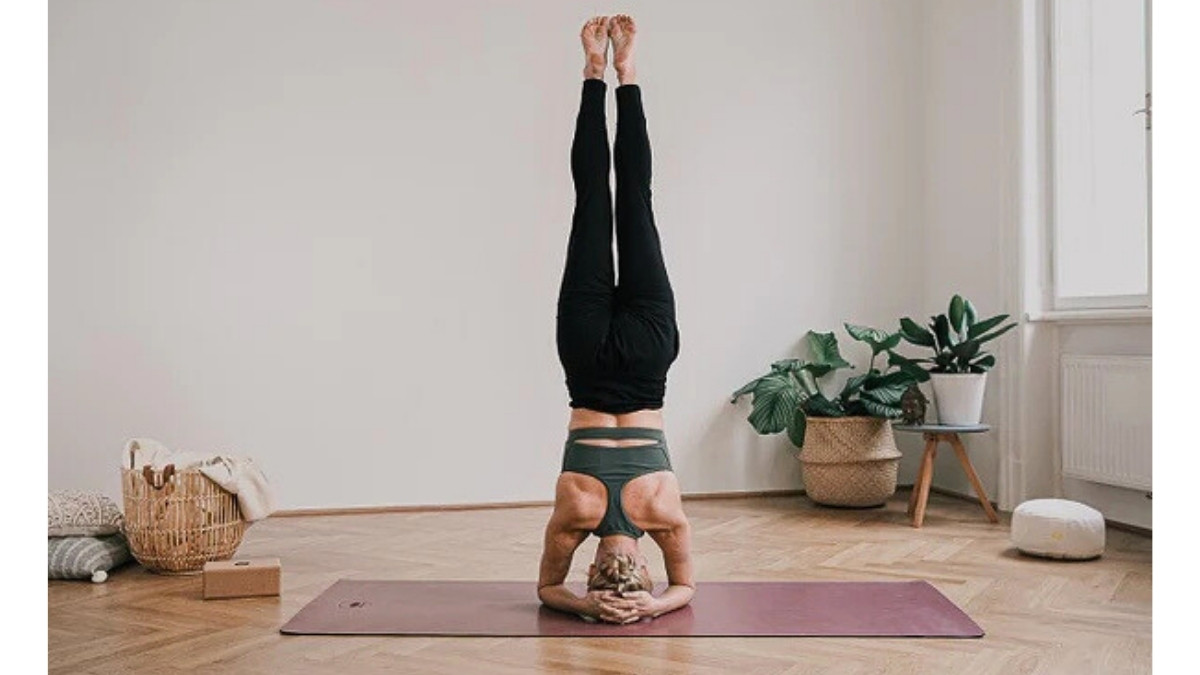
“King of poses demands respect,” he explained, demonstrating how proper alignment protects the delicate cervical spine while building incredible strength. Three days of wall practice taught me to find my balance point without fear of falling backward. The world looked completely different upside down—both physically and mentally—as blood flow to my brain created unusual clarity and calm.
His systematic approach transformed what seemed impossible into achievable steps that honored my body’s current limitations. When I finally held the pose away from the wall for thirty seconds, the rush of accomplishment was matched only by the profound shift in perspective about what my body could achieve.
Five Tips for Sirsasana:
- Create a firm foundation by interlacing your fingers and placing your forearms on the ground, keeping your elbows shoulder-width apart
- Place the crown of your head in your palms, ensuring equal weight distribution across your forearms rather than your neck
- Practice against a wall initially, walking your feet closer to your elbows before lifting your legs to build strength safely
- Engage your core muscles throughout the pose and press down through your forearms to take pressure off your head
- Start with 30-second holds and gradually increase time, always come down slowly if you feel any neck discomfort
Pose 6: SAVASANA (Corpse Pose) – The Art of Conscious Relaxation
“Hardest pose of all,” Takeshi-sensei whispered as I lay flat on my back, fidgeting like a restless child. His concept of “active stillness” challenged everything I thought I knew about relaxation, requiring complete surrender while maintaining conscious awareness.
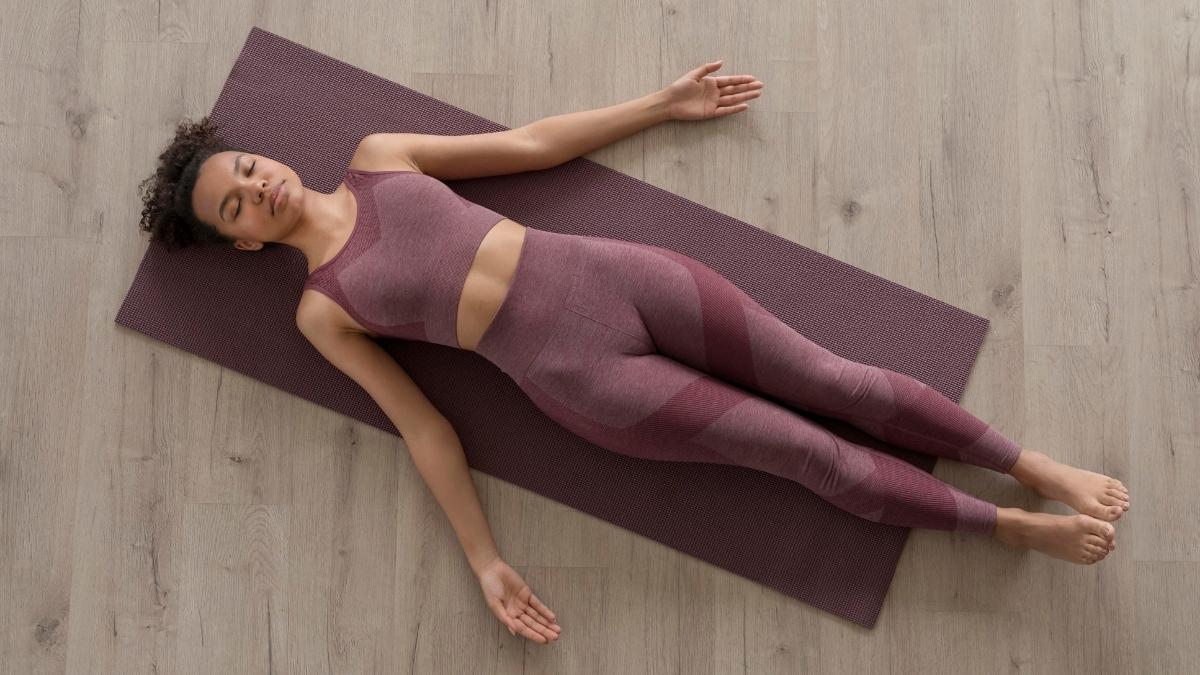
The elderly instructor taught me to release each body part systematically, starting with my toes and moving upward like melting ice. Japanese meditation techniques he shared helped quiet my racing mind without forcing thoughts away or judging their presence. What appeared to be simple lying down became an intricate practice of letting go on multiple levels simultaneously.
His gentle voice guided me deeper into states of rest I hadn’t experienced since childhood, where time seemed to dissolve completely. After twenty minutes in his version of savasana, I understood why this pose concludes every yoga practice as the ultimate integration of all previous efforts.
Five Tips for Savasana:
- Lie with your feet slightly wider than hip-width apart and let your toes fall naturally outward to release leg tension
- Place your arms alongside your body with palms facing up, allowing your shoulders to melt away from your ears
- Close your eyes and systematically relax each body part from your toes to the crown of your head
- Focus on your natural breath without trying to control it, simply observing the rhythm of inhales and exhales
- Stay for 5-15 minutes minimum, allowing your nervous system to fully integrate the benefits of your practice before slowly awakening
Lastly, Some Thoughts:
Seven days with Takeshi-sensei rewrote everything I believed about my body’s limitations and the true meaning of yoga practice. His weathered hands and gentle wisdom showed me that age brings depth rather than decline, and that real strength comes from patience rather than force.
Each pose became a conversation between my physical self and something deeper, unlocking not just tight muscles but years of self-imposed restrictions.
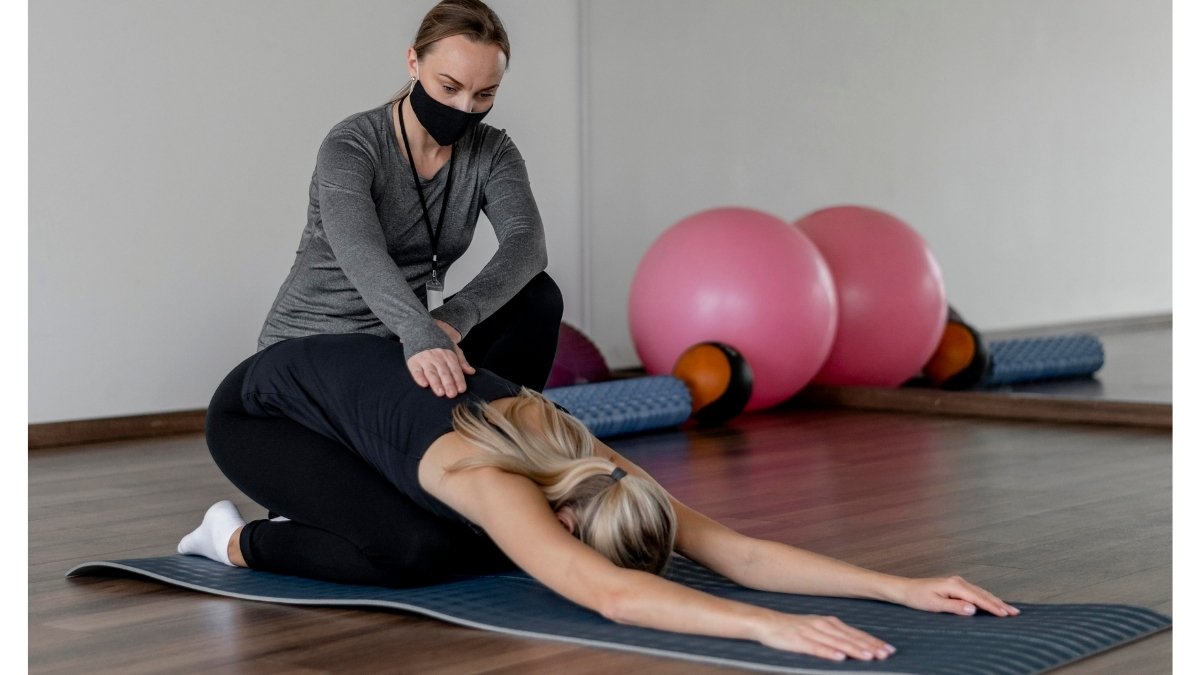
The humble dojo tucked away in Kyoto’s backstreets had become a sacred space where I discovered that my body held far more potential than my mind had ever allowed.
Walking away from that week, I carried with me the profound understanding that yoga isn’t about achieving postures but about listening to the stories our bodies have been trying to tell us all along. Takeshi-sensei’s greatest gift wasn’t teaching me advanced poses—it was showing me that true transformation happens when we approach our practice with the reverence and patience of a lifetime student.


